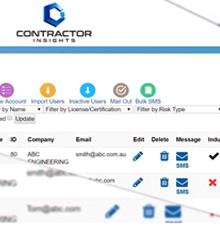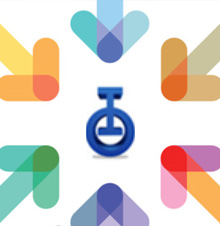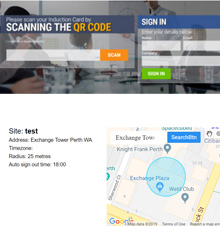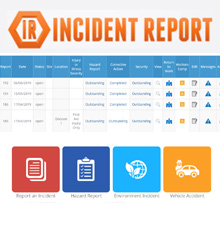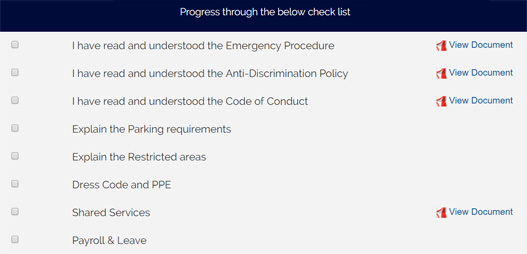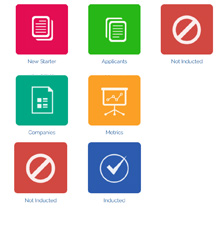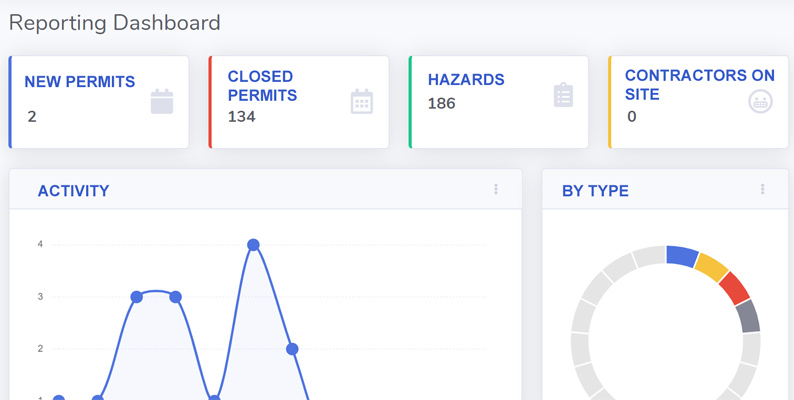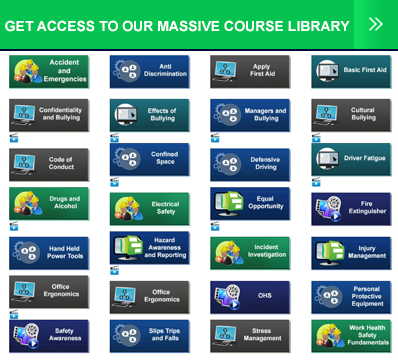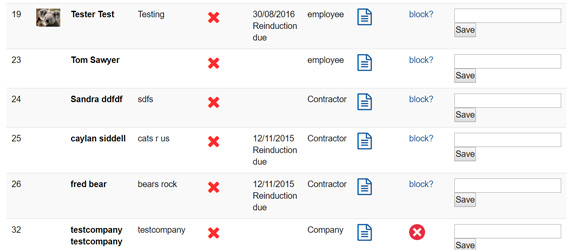Induction Plan: Guide, Setup and Templates
Online Induction >> Induction PlanPublished 11/09/2025
New employees usually need to be introduced to the company and oriented to understand the company's processes, culture, and ethics. For the process to be effective, an induction template is established and given to the new hires, where they fill with the assistance of line managers.
An induction plan is a process of welcoming the new employees from the first day of work to six months. The induction plan integrates new hires, and they find it easy to adapt to the company environment. This might include elements such as a induction checklist and a safety induction after initial induction training.
Components of an Induction Plan
The first part is identifying which induction types to have in place. Common ones include: , contractor inductions (part of a contractor management system), employee inductions and visitor inductions.
From there, building the induction might consists of:
- Contact information
Employing new staff requires the exchange of personal information for trust. During induction, employees fill their information in the induction template, which includes; name, beneficiaries, hometown, emergency number, bank details, and references.
- Agreement
The agreement is the beginning of building trust between the employer and the employee. In the agreement, employee working welfare, safety, and health, payment details, consequences of contract termination, and compensation should be addressed. When the employees sign the induction template, they agree to the terms and conditions of employment.
- External and internal environment
Guess how work will be without knowing nearby restaurants, car wash, parking, hospitals, and administration offices. New hires need to be introduced to the internal and external environment to ease work strains. The line managers are in charge of introducing the recruits to the environments, and it is clearly stated in the induction template.
- Business plan and strategies
New employees have no clue of the company's history and informing them of previous projects, and the means used to accomplish the projects is crucial. The knowledge will aid in planning on how to tackle the assigned projects to meet the required target.
- Schedule
A schedule helps in assigning new employees duties, time management and keeps them focused. Schedule reduces time wastage, and the right things are done at the right time.
- Health and safety
Working in a safe and secure environment is the joy of every employee. Employees will deliver when they are assured of their safety while on duty and compensation of the same when accidents occur.
These areas might contribute directly to how you manage and implement your performance appraisal system for an employee.
When creating an induction plan, it's important to consider the individual needs of each new employee. One key aspect to include is a detailed overview of the company's mission, vision, and values. This will help new hires gain a deeper understanding of the organization and its culture. Additionally, providing an introduction to key team members and department heads can facilitate smoother integration into the workplace. Including a comprehensive training schedule tailored to the specific role will ensure that employees are equipped with the necessary skills and knowledge to excel in their positions. Furthermore, incorporating opportunities for feedback and evaluation within the induction plan can foster open communication and continuous improvement.
The Induction Process
 When it comes to the induction process, organizations must carefully plan and execute a comprehensive onboarding strategy to ensure that new employees feel welcomed and equipped for success. The induction process involves more than just paperwork and formalities; it sets the tone for an employee's entire experience with the company, impacting their engagement, productivity, and overall satisfaction. A well-designed induction process should encompass a blend of practical orientation sessions, insightful introductions to key team members, and meaningful cultural immersion activities, all aimed at integrating new hires into the organizational fabric from day one. By investing in a robust induction process, businesses can foster a sense of belonging and purpose among their employees while setting the stage for long-term retention and growth.
When it comes to the induction process, organizations must carefully plan and execute a comprehensive onboarding strategy to ensure that new employees feel welcomed and equipped for success. The induction process involves more than just paperwork and formalities; it sets the tone for an employee's entire experience with the company, impacting their engagement, productivity, and overall satisfaction. A well-designed induction process should encompass a blend of practical orientation sessions, insightful introductions to key team members, and meaningful cultural immersion activities, all aimed at integrating new hires into the organizational fabric from day one. By investing in a robust induction process, businesses can foster a sense of belonging and purpose among their employees while setting the stage for long-term retention and growth.
The induction process plays a pivotal role in shaping an organization's talent acquisition and retention strategies. By providing new employees with a structured and engaging onboarding experience, companies can effectively communicate their values, expectations, and support systems while empowering individuals to contribute meaningfully from the outset. The induction process should be personalized to each employee's role and needs, offering them not only the necessary resources but also the emotional connection required to thrive within the organizational ecosystem. From conveying company policies and procedures to facilitating networking opportunities and mentorship programs, an effective induction process serves as a cornerstone of successful talent management, driving employee satisfaction and performance while nurturing a cohesive company culture that resonates throughout the entire organization.
New hires are prepared from day one to six months, and feedback is given. Not all new hires will find it easy to adapt to the new working environment, thus varying responses.
1: Day one
The new hires are welcomed warmly by the management and introduced to the existing team. They share breakfast, greet, and everyone introduces themselves. They are given badges and other formal documents to fill. The human resource manager explains the job description and the company's expectations. Day one is usually an open meeting for expressing personal views. The new hires are assured that they are in the company to stay. They are allocated buddies to guide them through the workplace.
2: Day two to five
New hires are taken through the company premises by their buddies, introduced to the duties, and shown how to execute them. Training team plans for training on day two.
3: Week one to three
Employees at three weeks old are introduced fully to their roles and are allowed to work independently.
4: First to the second month
The new employees become conversant with the workplace, their roles, and systems. They become responsible for their activities, and the training team reduces inspection time. The training team visits them once in a while to get feedback and write a report.
5: Up to six months
The company can rely on the employees for decision-making, measure their output for possible promotions, and determine their conduct. The employees become performers and work without consultation. Through the assistance of the training team, the new hires sign probation after the buddies and training team give their testimonies.
6: Evaluate the induction process
When the induction is over, go back to the employees and request feedback. Let each employee give their views freely without intimidation. Since you will receive varying answers, use them to rectify the plan.
An induction plan is the best tool for welcoming new hires to the company. It is a requirement for all organizations to draft and implement one. Induction helps employees take the shortest time to adapt to the working environment.
Enhancing your Induction Program with an effective Induction Plan
An effective induction plan should also encompass essential administrative procedures such as completing HR paperwork, understanding company policies, and becoming familiar with workplace facilities. Clear guidance on accessing internal resources and tools is crucial for new employees to navigate their roles with confidence. Moreover, offering insights into career development opportunities and professional growth initiatives can motivate individuals to invest in their long-term prospects within the organization. Encouraging mentors or buddy systems as part of the induction process can provide invaluable support and guidance as new hires acclimate to their roles.In addition to these elements, a successful induction plan should emphasize the importance of aligning new employees with the organizational goals and objectives. Providing clarity on performance expectations and setting clear milestones can help individuals understand how their contributions contribute to overall company success.




